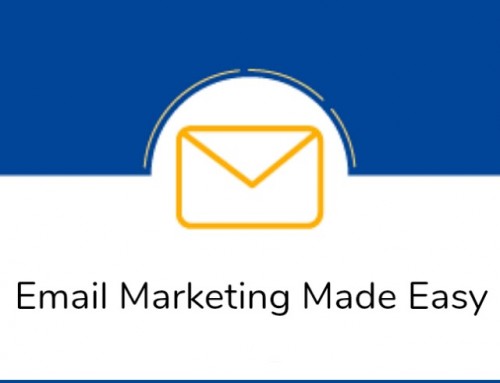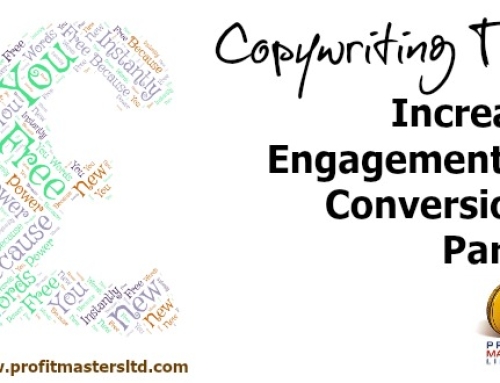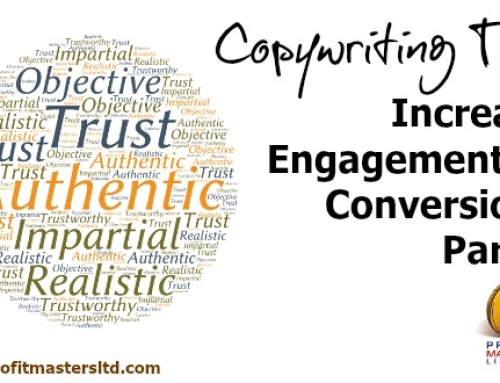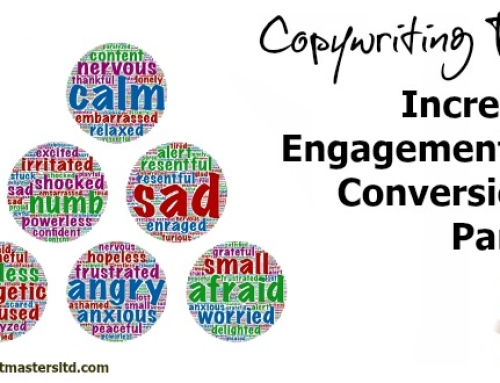Any good professional copywriter will advise you that each element of your marketing must be tested. There isn’t a professional copywriter in the world who believes that what they have written will improve your figures. Let me explain…
We can apply all the correct direct response copywriting techniques, excellent sales triggers and a great offer, but the absolute authority on your marketing is the person you are targeting. Why?
If a prospect makes a buying decision or takes the action requested after reading your marketing, then the piece has potentially worked. However, the real success is when the same response has occurred multiple times. Now we have a statistic and we test against this to improve the response – it’s what we call optimisation.
A copywriter who gets a high response rate with a piece will call themselves “lucky.” You see, despite taking time to research the market, the copywriter is not the buyer. We don’t know the range of important buying criteria set by the buyer. This can be very broad because it’s the human element. Therefore, despite demonstrating a high degree of skill writing good copy, only the prospect confirms through a purchase or by specific action that the copy is good.
Because of this, a direct response copywriter will always test variables on the piece, regardless of whether it’s a sales letter, email, advert or page on a website.
What is testing?
Testing copy is undertaken scientifically. Remember, copywriting is not an art, but a science. Testing is merely trying an alternative and recording the results. It is imperative that only one test is performed at any time.
Why?
This is to gauge understanding of the results. If two elements are tested simultaneously, how can we be certain which part performed best? The answer is, we can’t. Therefore, the golden rule is to test one element at a time.
Which elements in copywriting are tested?
The first, and most important element to test is the headline. Depending on the media i.e. webpage, email, sales letter, a test may involve the choice of two or possibly four headlines. The remainder of the marketing piece remains the unchanged.
Each piece is coded to track response. This provides critical data to the copywriter and their client. Additional testing may follow if it is clear that the best response is centred around a specific word, phrase or topic.
A copywriter will also test the offer whilst still using the best responding headline. If there is an improvement in response, more testing will follow as the data could be leading to greater understanding.
Let’s take a classic example of an offer:
- 50% off
- Half price
- Buy one get one free.
Whilst it’s easy to assume you know which offer produces the most sales, copywriters never assume. Let the market decide because that becomes a fact rather than an opinion.
In direct mail, tests will also be carried out on the envelope. History has proved that testing a standard size envelope against A5 or A4 size produces different results. What happens when teaser copy is added? What happens when the envelope has a first class stamp compared to sending by DHL or Fedex?
In B2B marketing, testing the method of delivery can create significant changes in response, if it means the piece is opened and read by the targeted person.
Testing Webpages and Email Marketing
Webpages and email marketing can be measured using Google Analytics or tracking software. Google Analytics is a superb tool for analysing the traffic to and from a webpage which tells us whether it’s working. It’s imperative to capture and analyse this data and allows us to plan the next stage in testing. If there is decent volume to the website, then it is possible to obtain results quickly by running a split test. Google Analytics stores the numbers so we can compare different time periods such as days, months, years.
Email marketing is similar. Tracking software allows the sender to understand the habits of the receiver. Using the software, we know when the email was opened, how many times it has been opened and whether the reader clicked on links through to a webpage to learn more. This is very valuable data.
The results from testing will quickly tell a copywriter which subject lines provided the best opening rates. The subject line is similar to a headline and has one key role – to entice the recipient to open the email.
When a reader clicks on a link, this is a good indication that the copy is working. Ideally we wish to test and track each element in the sales process to understand when a decision is made, either to buy the product, take the next action or click away and we’ve lost them. Each piece of data, whether good or bad is important as it pinpoints the area of the next test.
In this article you’ve discovered the critical importance and power of testing. At the time of testing, a copywriter is only interested in what the results reveal, good or bad. After all, this is valuable data that brings the marketing piece one step closer to achieving better results which is our primary goal.
There are occasions when a test creates a huge spike in the results. Hopefully this is a positive spike rather than negative. Further testing will reveal whether this is a one off or a consistent spike that has generated a significant result for the client.
What Gains Should I Expect from Testing?
Understand that testing takes time. I have seen huge differences in headlines alone from negative to over 1000% increase in response.
Many professional copywriters that I know have reported more realistic figures although it’s true that changing a headline can massively boost the response on a piece. Rather than being huge optimists, it’s important to keep expectation in check. Any growth in response leads to a growth in sales so we are happy with incremental results that, over time may lead to much larger increases in sales. A 4% response on one element followed by 7% on another is compounded. It’s not unusual to see 15-40% increases in revenue and remember, this is gained from the same resources as the original piece which in turn means increased profits.
Small gains in multiple areas lead to significantly greater profits.
If you would like to know more about testing or to discuss your current marketing challenges then take the first step by clicking on the button below.







Leave A Comment
You must be logged in to post a comment.